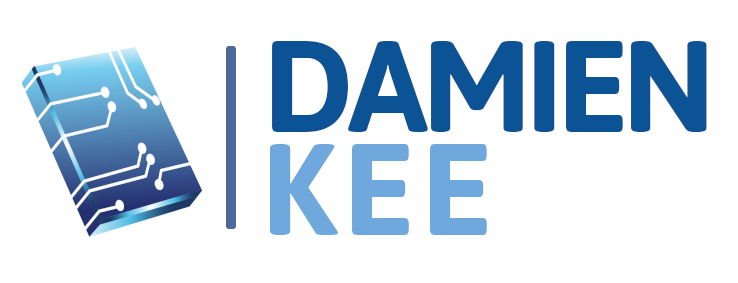Another travelling week for me this week. Headed up north on Monday, for workshops Tue/Wed/Thu and then back late Thursday night.
This time, rather than the usual Robotics workshops, we were mixing in some Scratch workshops. Grade’s 5 and 6 both got Scratch workshops, with the 6’s also getting robotics. The Scratch lessons were broken into 4 sessions over 2 days with 100 kids in total, quite a busy few days.
Scratch
The more I use Scratch, the more I’m enjoying it. It is so flexible (which also makes it hard to describe). It was the first time I had run Scratch workshops with so many kids at once (31 in one class), so there was a lot of learning/improvising on my behalf along the way.
We were very lucky have a room with enough laptops for groups of two. This worked extremely well, and I’ll be interested to see how a similar workshop would go with groups of three. Anyone have any experience?
The focus of the workshops was digital storytelling, so even though we touched on some of the interactive abilities of scratch, we stayed close to the ‘motion’ and ‘looks’ blocks.
So, how did I run it?
I started off with all the kids down in front of the projector with scratch open. I wanted to quickly go through some of the terminology so kids would be familiar with what I was talking about. We then broke into groups and moved to the computers.
I used Chris Betcher’s excellent starter activity to draw squares, followed by triangles.
http://chrisbetcher.com/2010/10/teaching-kids-to-think-using-scratch/
I added to it implementing the ‘a’ key to do an ‘Awesome’ shape, in this case a star by varying the number of repeats as well as the angle of turn.
 Scratch Cards and sign-off sheetAfter that it was on to the scratch cards. I gave the Grade 6’s cards 1-9 and the Grade 5’s, 1-4. I also asked them to make a modification to each card, to see if they understood it rather than just copying.
Scratch Cards and sign-off sheetAfter that it was on to the scratch cards. I gave the Grade 6’s cards 1-9 and the Grade 5’s, 1-4. I also asked them to make a modification to each card, to see if they understood it rather than just copying.
This was moderately successful, as they were all able to easily replicate the code on each card, but I’m still not sure how much they actually understood.
The major project, taking up half the workshop time (workshops were 2.5hrs total), was to develop a digital story. I was more than happy for students to choose their own, as I was keen just to get the skills across. Once they go back to class, they then have more time to integrate it in with their current studies.
For the Grade 6’s we talked about the ‘Broadcast’ block, and how this was our secret, behind the scenes, messages that each sprite could use to tell the other sprites when to talk.
For the Grade 5’s we stuck to the ‘wait’ blocks and just hard coded times into all the conversations.
This seemed to work well, and slowly over the course of the workshop, I introduced some tips and tricks to enhance their stories.
- Glide block, to have the characters move around
- Changing backgrounds to achieve scene changes
- Changing sprite costumes to show when something about the character had changed (eg, putting on a hat)
- Show / Hide blocks to make characters appear/disappear during their story

Overall both the teachers and kids were extremely happy. I loved the Scratch cards as they gave all the kids something to do and something to aim towards (completing all the cards) which made supervision much easier. I’m already looking at ways of incorporating this as a full time workshop that I offer. In such a short time however, I was not able to get into much of the interactive capability, so I think a follow-up workshop would go down well with teachers.
- Intro to Scratch – Digital Storytelling
- Beyond the Basics – Create your own games
After talking informally with the kids, it seems the majority preferred the Scratch over the Robotics 🙂
